Louise Bourgeois: Sculpture and The Prints of Louise Bourgeois bothtook place at the Museum of Modern Art Oxford over two floors between 15 October and 31 December 1995.
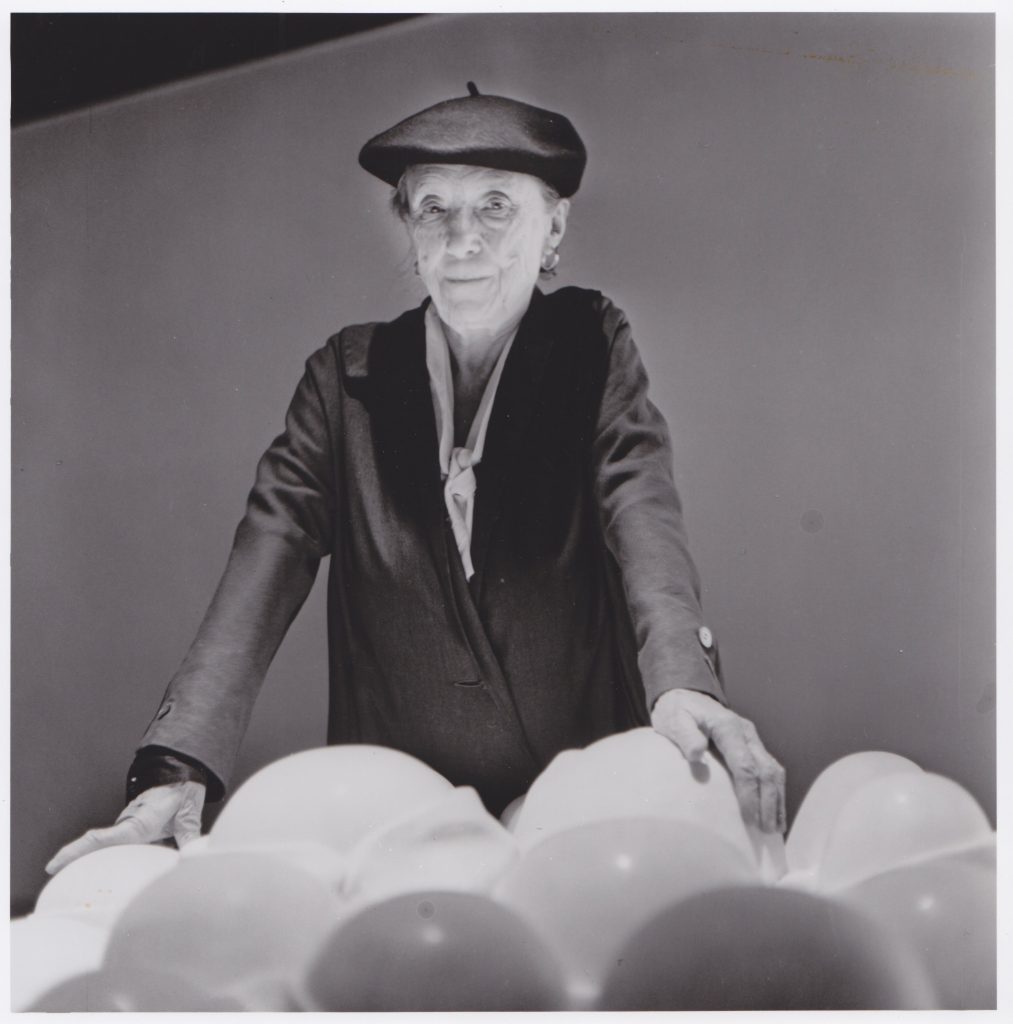
This major programme of two solo exhibitions offered the first opportunity in Britain to survey the sculpture, drawings and prints of Louise Bourgeois. The exhibition drew together the extraordinary body of work Bourgeois produced between the late 1940s and the time of the exhibition. Until the early 1980s, Bourgeois remained outside mainstream accounts of the history of 20th Century art.
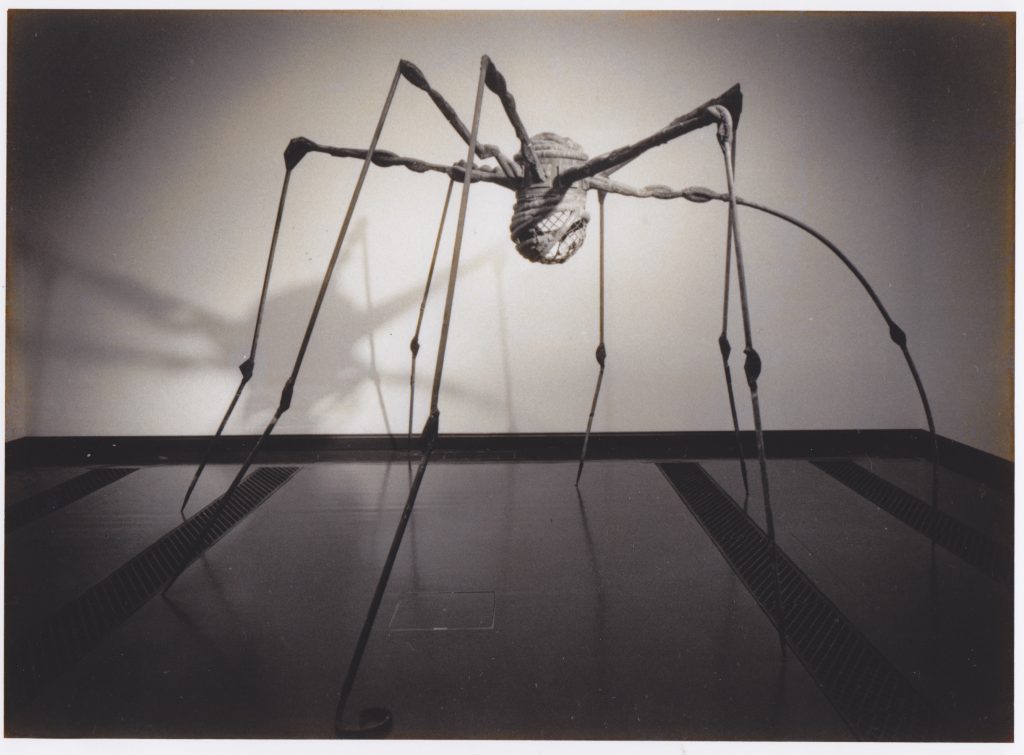
Bourgeois claimed that artists have ‘no hope of a cure from pill, potion or psychotherapy for the anxieties, fears and nightmares which haunt them. Their only recourse is to make art’. Bourgeois’ subject matter explored her deeply personal experiences from disturbing childhood memories to her role as a daughter, a wife and a parent. Bourgeois’ use of sculpture is a means to confront these fears: “My sculpture allows me to re-experience fear, to give it a physicality so I am able to hack away at it… Fear becomes a manageable reality.”
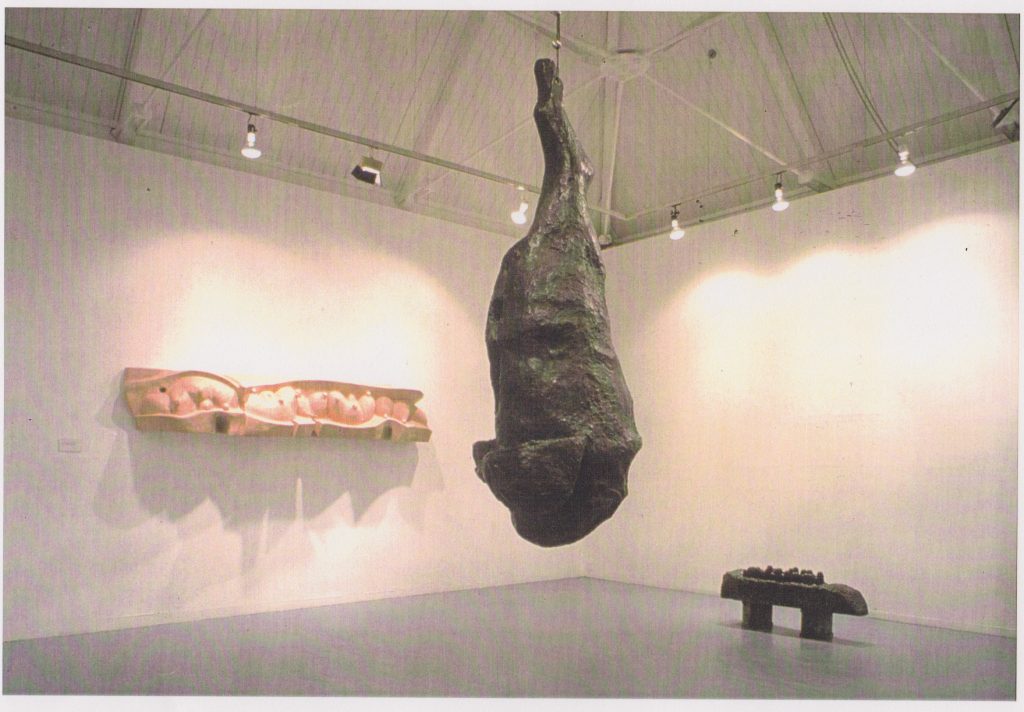
Bourgeois made her debut as a sculptor in 1949 in New York, but prior to this, she produced drawings, paintings and prints all the while increasingly drawn to the substance and direct physicality of sculpture. Here, Bourgeois found the means of conveying more tangibly the intensity of symbolic meaning. This first exhibition consisted of 17 tall, skeletal figures fashioned from wood planks and poles. Bourgeois referred to them as ‘personages’; embodiments of the isolation she felt in leaving behind her family and friends when she moved from Paris to New York in 1938.
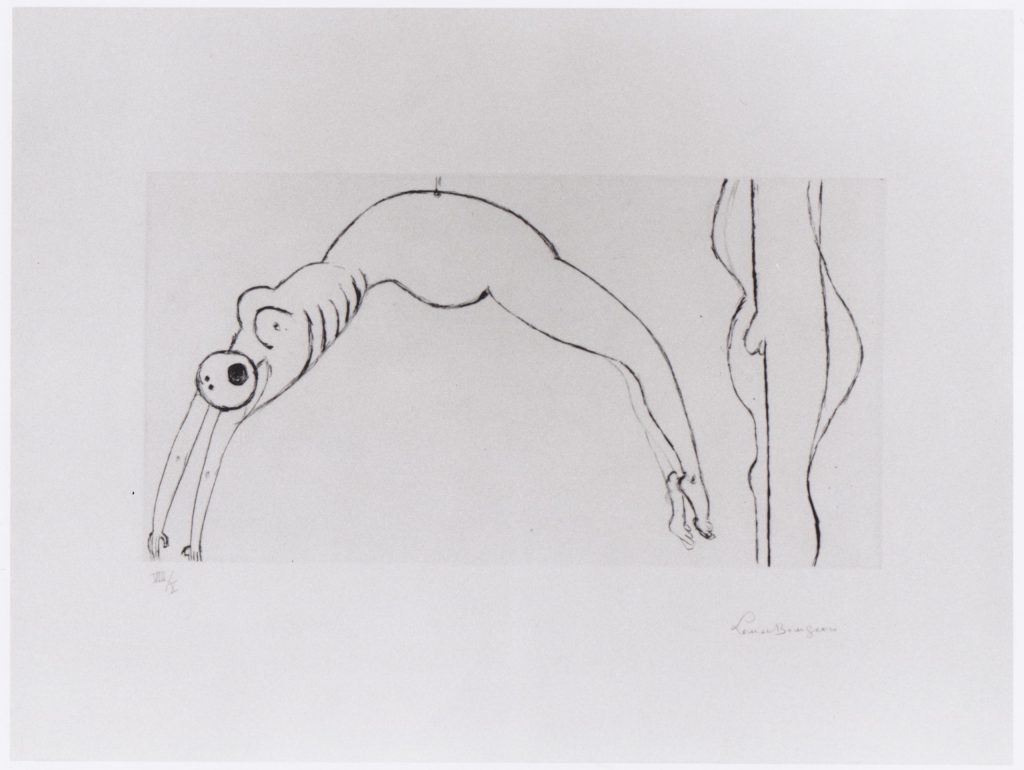
A year later she showed 15 figural wood sculptures. In their original display, these figures were presented as a sculptural environment, occupying the gallery space in ones and twos much in the way that people might collect themselves in public.
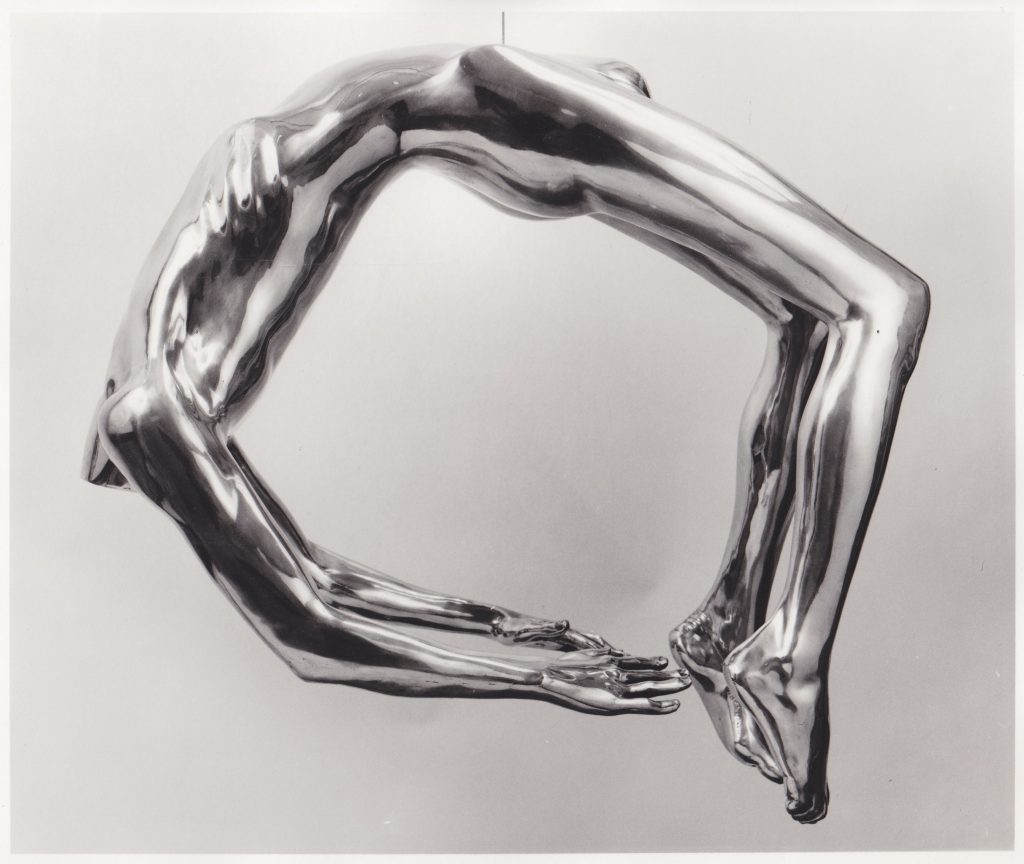
This post was written by Ellie Nixon, with research and images taken from the Modern Art Oxford archive.
